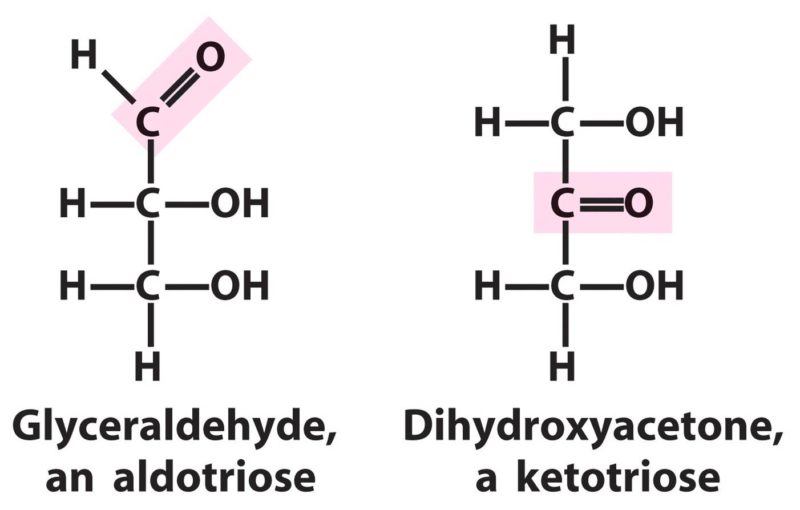

From the above difference between periodic and non-periodic motion in tabular form, you got the exact overview of these two. Each element of the periodic table is a different type of atom. A compound is a molecule in which two or more atoms of different elements are held together by chemical bonds. Non-periodic motion examples include the motion of a soccer ball, driving a car in traffic, etc. A molecule is formed when 2 or more atoms of any element are held together by chemical bonds. Periodic motion examples include movement of a pendulum, earth revolving around the sun, etc. In non-periodic motion, an object never comes back to its original position in a given interval of time. In periodic motion, an object always comes back to its original position in a given interval of time. Never repeat its path in equal intervals of time. Always repeats its path in equal intervals of time. Non-periodic motion is a type of motion that does not repeat itself in equal intervals of time. Periodic motion is a type of motion that repeats itself in equal intervals of time. Molecules, on the other hand, can be broken down into atoms of identical or unlike components. The main difference between elements and atoms is that the former is the simplest form of a substance while the latter is the smallest basic unit of an element.Periodic Motion vs Non-periodic Motion Periodic Motion Non-periodic Motion 1. Atoms can no longer be broken down any further. Elements are heavier and bigger when compared to atoms.

Atoms are the smallest and can be seen via a microscope. Both are mention in physic and chemistry.īoth elements and atoms are chemical terminologies that can confuse learners.Elements are found in the periodic table whereas atoms ideal for determining atomic number or mass.There are 92 atoms in nature while 118 elements in nature. An atom is the smallest unit of matter that still has all of the properties of its element, whereas a molecule is a structure that contains multiple atoms.Atoms are very tiny particles whereas elements are heavier and bigger.Elements can combine with each other to form molecules while atoms can combine to form an element.Element comprises one type of atom while atom consists of protons, electrons, and neutrons.Atom is the basic unit of an element whereas an element is the simplest form of a substance.

Main Differences between Atom and Element The unit comprises electrons, protons, and neutrons. Used in understanding the periodic table in chemistry.Īn atom is the basic unit of an element. Used in determining the atomic number and mass. Tiny particles that can be seen via a microscope. Through a chemical reaction, elements are combined to form a molecule. It is the purest and simplest form of a substance that cannot be split further.Ītoms can be combined to form an element. It is important to understand the difference between elements and atoms.Ĭomparison Table (Atom vs Element) Basic Terms Atoms have a unique mass, size, and name. They are classified as metals, metalloids, and non-metals. Also, when it comes to visibility, neither atoms nor molecules cannot be seen by the naked eye. The atoms forming molecules can either be identical or non-identical. So, what is the main difference between atom and element? The former is the basic unit of an element and the latter is the purest form of a substance that cannot be split into several parts.Įlements occur on a periodic table. In terms of composition, atoms are made of protons, electrons, and neutrons, while molecules are comprised of a chemically bonded group of atoms. Chemistry is a branch of science that comprises terms like molecules, mixtures, atoms, compounds, and elements. Unlike atoms, molecules can be subdivided to individual atoms. Molecules are formed by the combination of two or more atoms. For example the atoms of element gold cannot be broken down further and each atom has the properties of gold. I did research and came up with this article to ease the confusion among learners. Atoms are not visible to the naked eye and are the basic building blocks. When I started teaching chemistry twenty years ago, I realized that many learners usually have a hard time comprehending some terminologies. Comparison Chart Composition, Nucleus and electrons, Two or more atoms chemically bonded together Shape, Spherical, Linear, angular, rectangular, triangular.


 0 kommentar(er)
0 kommentar(er)
